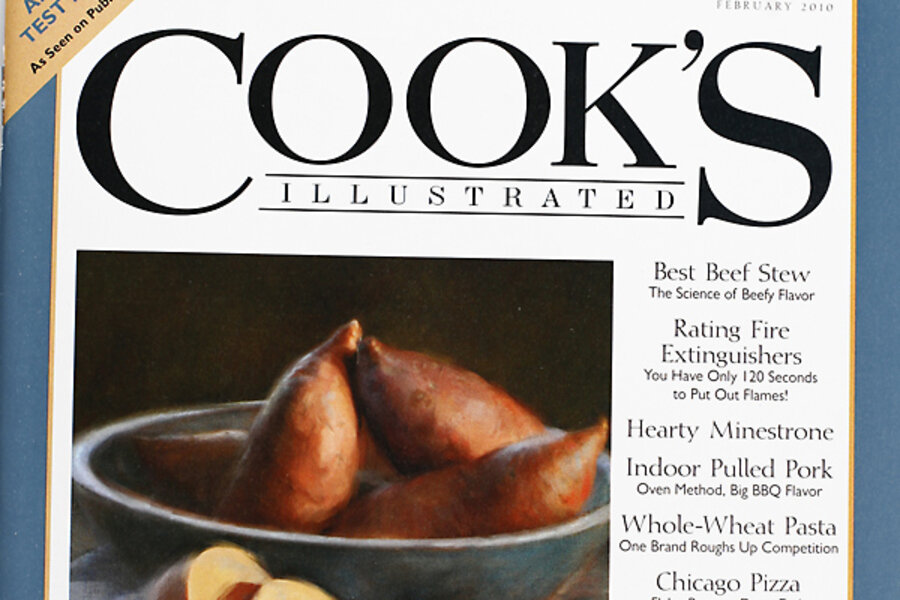Do your magazines help you?
Loading...
As I’ve mentioned before, my wife and I subscribe to a handful of magazines of various kinds.
What I’ve found is that these magazines (aside from a couple of freebies that we won’t pay to renew) fall into one of two categories. Our magazines either are a source of long-form essays that are hard to read in an online context (like The New Yorker or The Atlantic) or they’re what I like to call “project” magazines.
Simply put, “project” magazines are publications that directly instruct you or encourage you to do something in your own life. Cooking magazines fall directly into this category, as does any sort of do-it-yourself home improvement magazines. Ones we subscribe to include Make, Cooks Illustrated, and Bon Appetit.
For our dollar, these magazines have made a tremendous positive impact in our lives. They’ve encouraged us to cook at home instead of going out (saving us money and also increasing our kitchen skills), take on home improvement projects, and experiment with countless other little things, too.
Along the way, though, we’ve learned a few things about how to really put such “project” magazines to good use.
Use them as a resource, not as an archive. It isn’t long before a new issue of a cooking magazine is splotched with stains from our kitchen. Rather than worrying about perfect archival condition, we often take them right out in the kitchen with us to use them for ideas while cooking.
Be willing to not follow the instructions to the letter. Most of the time, the ideas and projects in such magazines don’t perfectly match what we’re doing at home. A home improvement project doesn’t quite match up with what’s in our home. A recipe doesn’t line up well with our tastes or with what assets we have in our pantry. Use such ideas as a starting point and a reference and do your own thing – it’s incredibly rewarding and builds up your ability to improvise.
Save what has value – toss the rest. We don’t keep archives of most of these magazines. Instead, when a new issue comes in, I go through the previous issue, pull out ideas I might actually use in the future, and toss the rest. I often scan these pages and keep them electronically for future use, but you can just as easily keep them in a folder or two. It’s a lot easier to browse through 50 intriguing recipes than a thousand uninteresting ones with a few needles in the haystack.
Don’t just read – do. I wrote about mirror neurons a while back, but the basic principle holds here, too. Just reading about something can often feel a bit fulfilling and subtly convince you to not do it. Don’t fall into that. When you see something intriguing, do it.
Pick “project” magazines that align with things you do already. We like to cook, so we subscribe to a few cooking magazines. I like to tinker with electronics, so I subscribe to Make. There are lots of hobbies that we don’t engage in (even if they seem interesting), so we don’t waste our money subscribing to “project” magazines in those areas.
Don’t believe that magazines will change your behavior – they won’t. Carrying on with that previous thought, simply subscribing to a hobby magazine won’t convince you to start actually doing it. The desire to actually start doing something comes from within – external motivators and ideas only channel it in an interesting way. If you’re not already doing something, a magazine won’t help you start.
Add/view comments on this post.
------------------------------
The Christian Science Monitor has assembled a diverse group of the best economy-related bloggers out there. Our guest bloggers are not employed or directed by the Monitor and the views expressed are the bloggers' own, as is responsibility for the content of their blogs. To contact us about a blogger, click here. To add or view a comment on a guest blog, please go to the blogger's own site by clicking on the link above.





